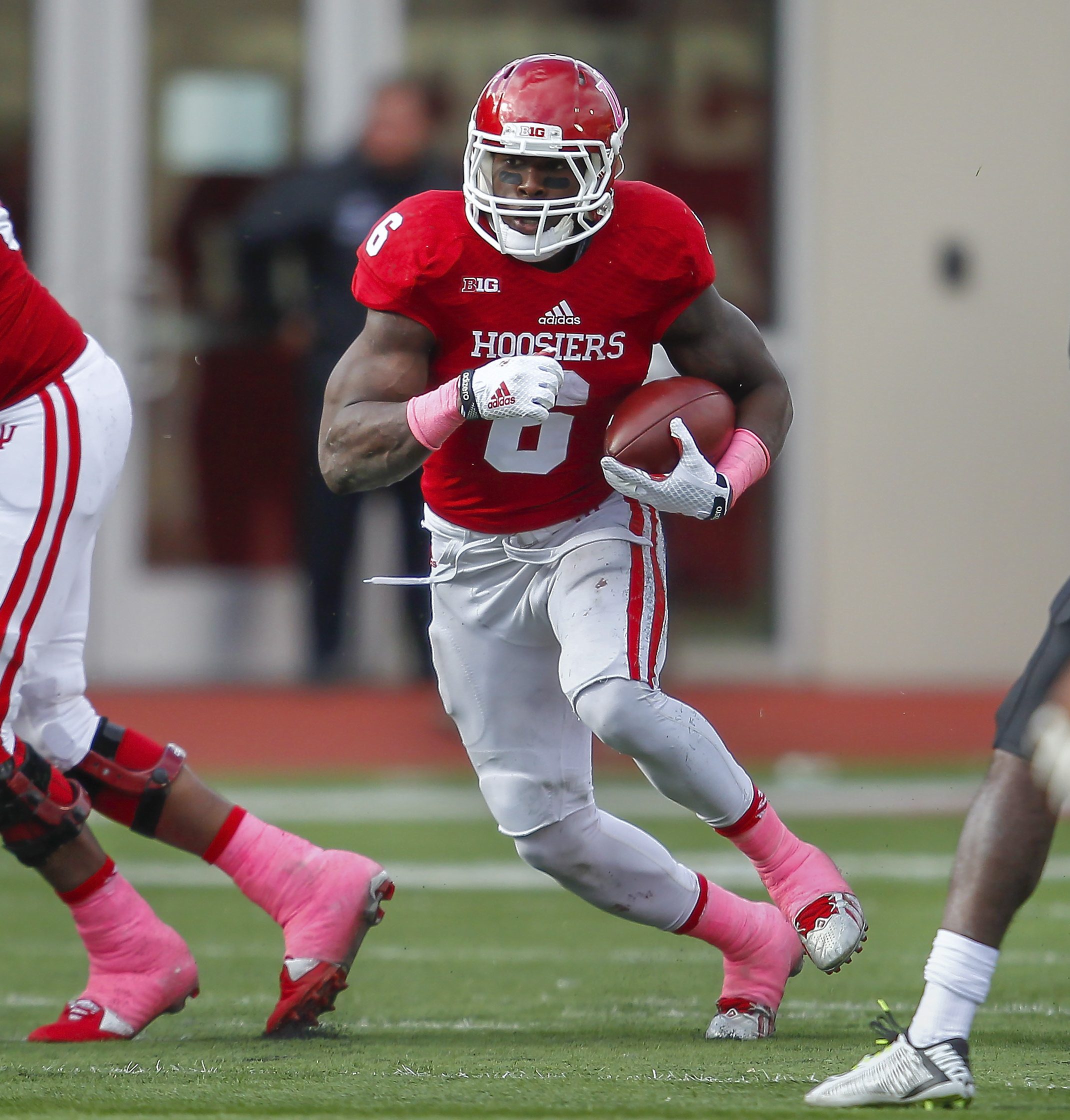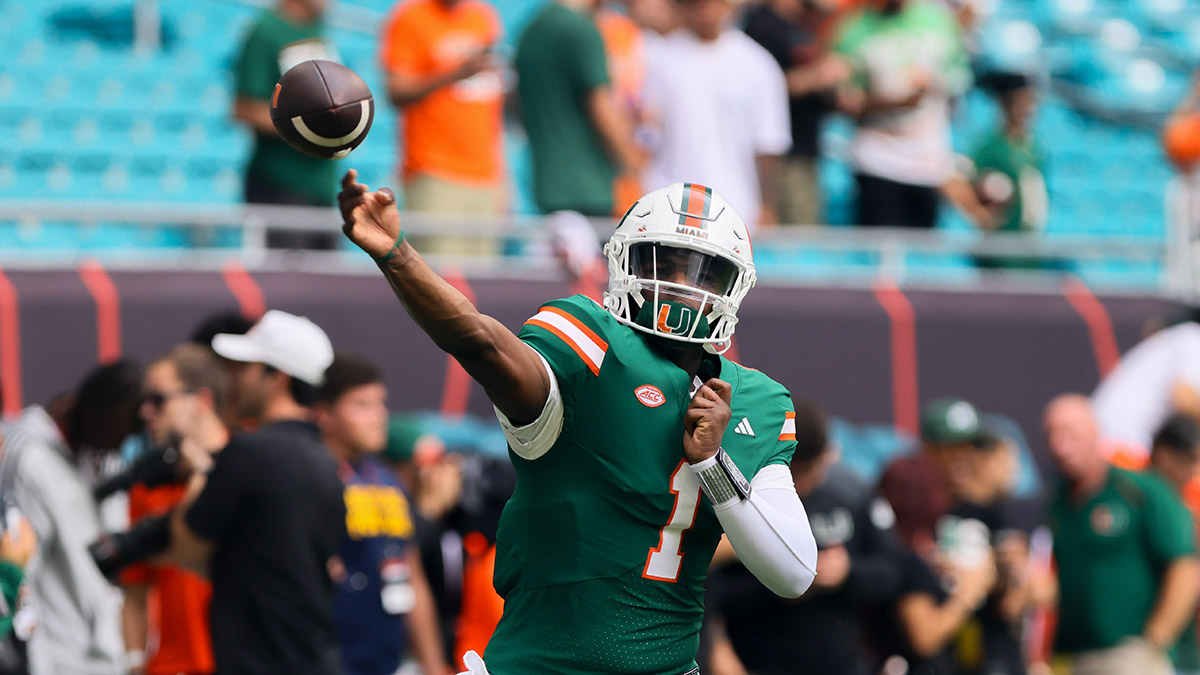Iowa State has already scrapped plans for a new wrestling facility. Texas A&M laid off a dozen or so athletic staffers. That could be the tip of the iceberg when millions in college revenue starts going directly to the athletes and away from escalating coaching salaries, facilities and growing athletic department staffs.
A revenue-sharing model outlined in last week's $2.8 billion antitrust settlement proposal from the NCAA and the five largest college conferences would allow schools to each provide up to $21 million annually to athletes or up to 22% of the average power league school’s annual revenue. That means budget wrangling and an untold number of potentially difficult decisions are looming for athletic departments across the country.
“At the end of the day, this is an economic earthquake within the system,” said Andrew Zimbalist, economics professor emeritus at Smith College. “And the system is in a very uncertain and risky and volatile state right now.”
Realignment, the transfer portal and the explosion in name, image and likeness (NIL) compensation have already changed virtually everything about college athletics. Settling the antitrust claims over the next decade brings even more upheaval and signals the end of an amateur athletics model that dates to the NCAA's founding in 1906.
Get top local stories in Connecticut delivered to you every morning. Sign up for NBC Connecticut's News Headlines newsletter.
Football and basketball powerhouses will still rake in huge annual revenue numbers, but it will now be allocated differently; the where and how is to be determined in the coming months.
“When you have a shift of revenue up to 22% things won’t remain the same,” SEC Commissioner Greg Sankey said at the league’s spring meetings in Destin, Florida. “That predicts that people will have to make decisions. That may be any number of wide range of issues that I haven’t even begun to consider, some of which I can imagine, some of which I’m certain will look at this week and in the weeks that follow.”
Mississippi athletic director Keith Carter said some money going to the donor-backed NIL collectives “in theory will shift over to the athletic department” to boost revenue. Carter also said schools must find ways to cut costs, including putting facilities projects on hold even with new money arriving this year from the SEC's latest ESPN contract and new $7.8 billion deal between ESPN and the College Football Playoff.
NCAAF
“It’s going to be hodgepodge of finding new revenues and eliminating some expenses," Carter said. "It’s going to be definitely different at each institution and how they do it.”
MAKING CHANGES
Schools like Iowa State and Texas A&M have already made changes proactively.
Iowa State athletic director Jamie Pollard scrapped plans for the new wrestling facility, which had been scheduled to open in the fall of 2025. He cited the ”$20 million question” of how to account for direct compensation to athletes.
“It’s going to be a drastic change and that change isn’t going to happen overnight,” Pollard told reporters in early May. “We have a $100 million budget. We don’t have a $120 million budget.”
New Texas A&M athletic director Trev Alberts has already laid off about a dozen staffers. Alberts made it clear at the time the layoffs weren’t related to the $76.8 million buyout for fired football coach Jimbo Fisher, instead saying it was a “reorganization related to existing and emerging threats to our business model.”
Hefty buyouts and massive coaching contracts -- like the $13 million annual salary recently awarded to Georgia's two-time national champion coach Kirby Smart -- mean there won’t be a pity party considering athletes’ long battles to get a piece of the economic pie.
“I think it’s easy to justify $10 million for a top coach if you’re not paying the athletes, but a couple of extra million for a coach might be money you’re not paying athletes,” said Richard Paulsen, a sports economist at the University of Michigan. “In the NFL and the NBA, the athletes are getting paid a lot more than the coaches.”
Times had already started changing once athletes were cleared to start making money off endorsements in July 2021. Big-name coaches like now-retired Nick Saban at Alabama and sparkling facilities were no longer necessarily the biggest draw for recruits and thus the most important investments for athletic programs.
“Now, if the question is you can get X dollars from one school and Y dollars from another, those things might not matter as much,” said Paulsen, whose school lost coach Jim Harbaugh to the NFL after a national championship.
CUTS ON THE WAY?
Zimbalist said athletic departments could be facing more cutbacks in staffs and changes in how much money they can keep spending on facilities.
“Some of the bigtime programs have staffs of 250-300 people and have very modern facilities and have been building more of them,” Zimbalist said. “Now there’s no way they’re going to be able to afford that.”
And that's the wealthier college athletic departments. The impact on programs with more modest budgets remains to be seen, but Charlotte athletic director Mike Hill and his counterpart at Montana, Kent Haslam, have serious concerns. After all, Group of Five leagues (where Charlotte plays football) and those in the FCS (home of the Grizzlies) collectively are on the hook for nearly a quarter of the settlement.
“Having worked in the SEC, Conference USA and The American, I understand that this is a complex issue for our enterprise to resolve," Hill said. "However, I cannot reconcile Charlotte and similarly resourced programs forfeiting millions in revenue that should be used to support our current student-athletes so former student-athletes — 90% of whom come from Power Five leagues whose revenue dwarfs everyone else’s — can be compensated.
“There is a reason the autonomy conferences were specifically named in the lawsuit and not the other 27 Division I leagues. As members of the NCAA, which is also named in the suit, we knew that there could be an impact on us — but it is disproportionate and disheartening.”
Haslam agreed.
“The early numbers show us losing roughly $200,000 in our distributions from the NCAA, and that’s significant for us,” Haslam told MTN Sports last week. “That’s got to be made up through ticket sales, through donations, though cost-cutting. So it’s real and it’s hitting everybody and it’s certainly frustrating.
___
AP Sports Writer Steve Reed in Charlotte, North Carolina and AP College Football Writer Ralph D. Russo in Destin, Florida contributed to this report.



